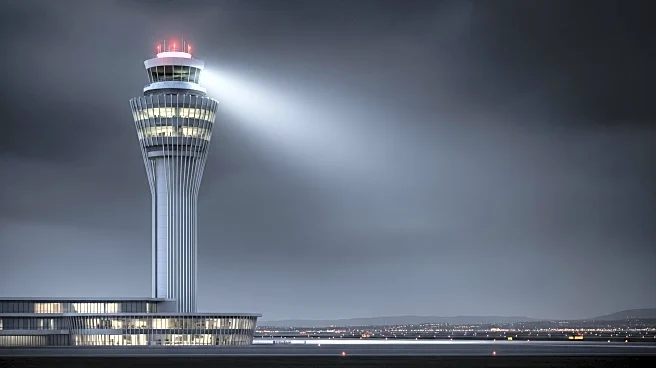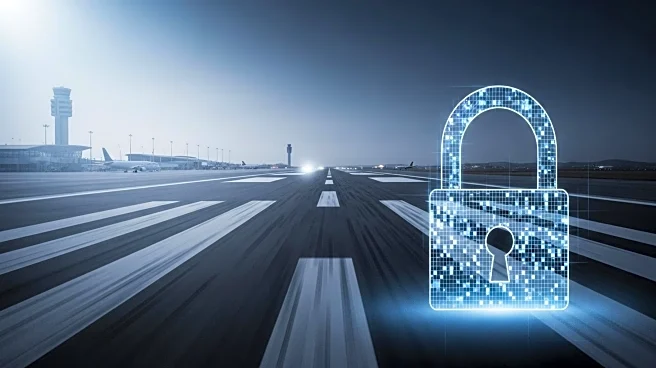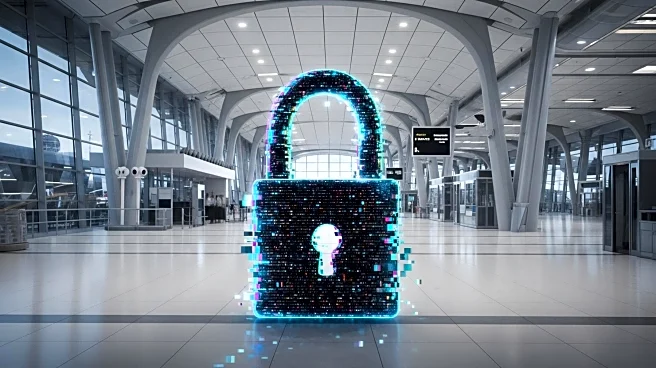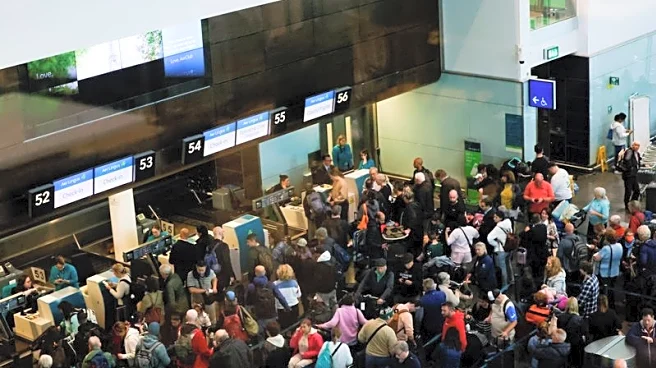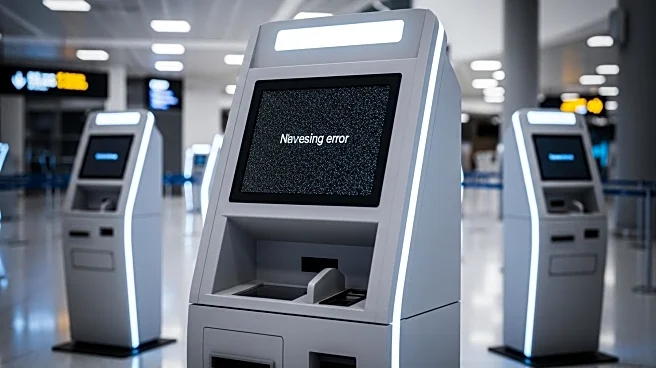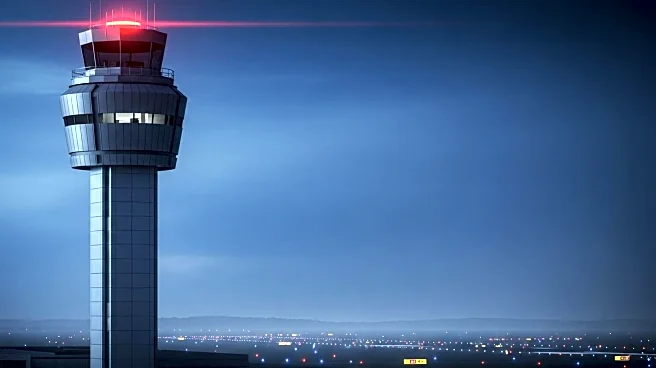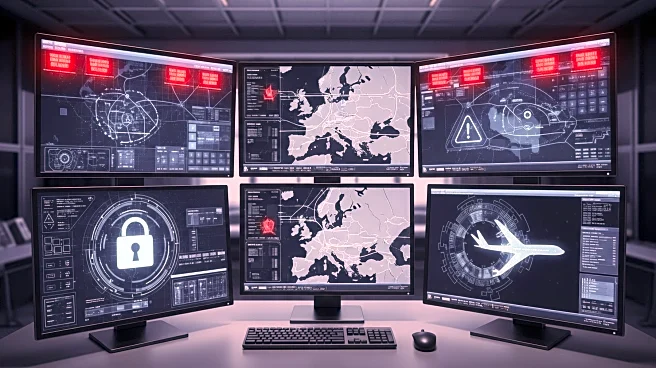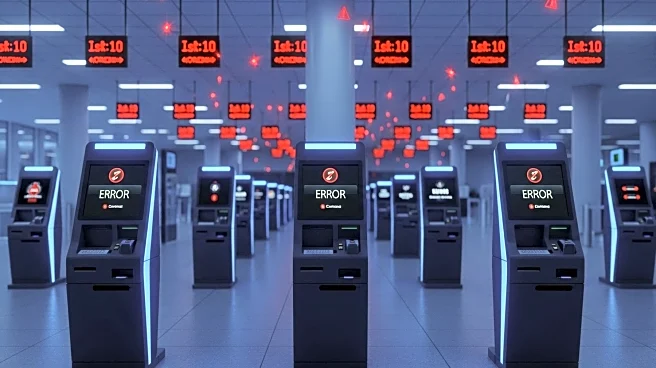What's Happening?
A ransomware attack has severely disrupted operations at several major European airports, including Brussels Airport, Dublin Airport, Berlin’s Brandenburg, and London’s Heathrow. The attack targeted Collins Aerospace’s automatic check-in and boarding software, leading to significant delays and cancellations. The European Union Agency for Cybersecurity (ENISA) confirmed the ransomware was responsible for scrambling the check-in systems. As of Monday afternoon, the identity of the threat actor remains unknown. The attack has forced airports to rely on manual workarounds to continue operations while efforts to restore normalcy are underway.
Why It's Important?
This incident underscores the vulnerability of critical infrastructure to cyberattacks, particularly ransomware, which can extend beyond IT systems to disrupt physical operations. The attack highlights the risks associated with shared service providers in the software supply chain, where compromising a single vendor can affect multiple organizations across various locations. The disruption has had a cascading effect, impacting travel plans and economic activities across Europe. It emphasizes the need for robust cybersecurity measures, including continuous monitoring, strong credential management, and effective backup and recovery procedures to mitigate such threats.
What's Next?
Airports and airlines are expected to enhance their cybersecurity protocols to prevent future incidents. This may involve increased investment in security technologies and training for staff to recognize and respond to cyber threats. The aviation industry might also push for stronger regulations and standards to protect critical infrastructure from cyberattacks. Stakeholders will likely engage in discussions to improve resilience against ransomware and other cyber threats, focusing on securing supply chains and implementing advanced authentication methods.
Beyond the Headlines
The attack raises ethical and legal questions about the responsibility of software providers in safeguarding critical infrastructure. It also highlights the growing sophistication of cybercriminals who meticulously plan and execute attacks to maximize disruption. The incident could lead to long-term shifts in how industries approach cybersecurity, prioritizing resilience and proactive measures over reactive responses.

